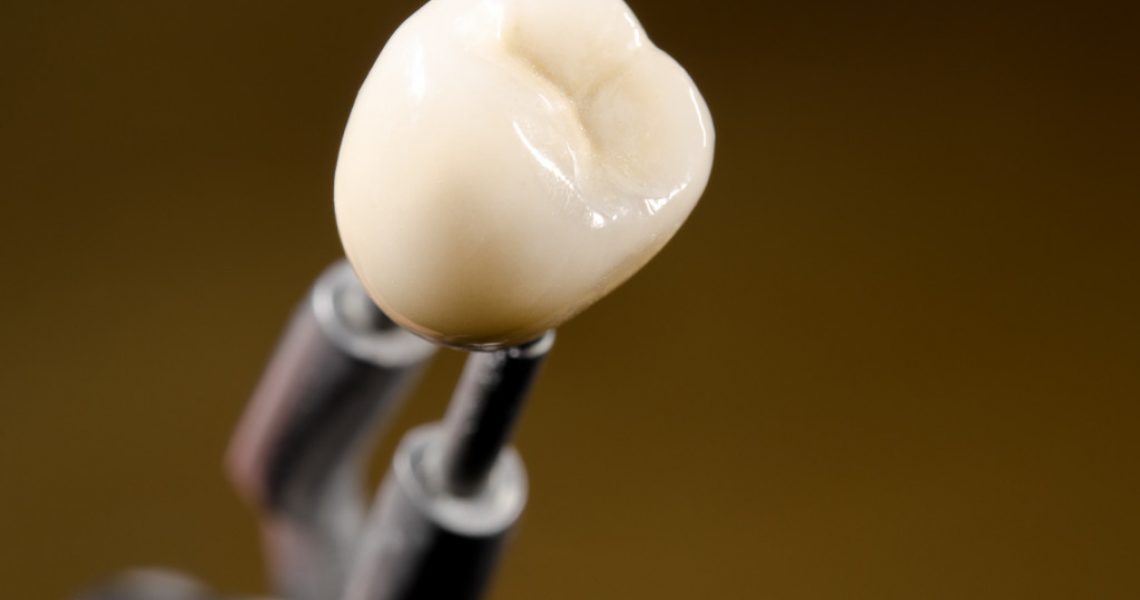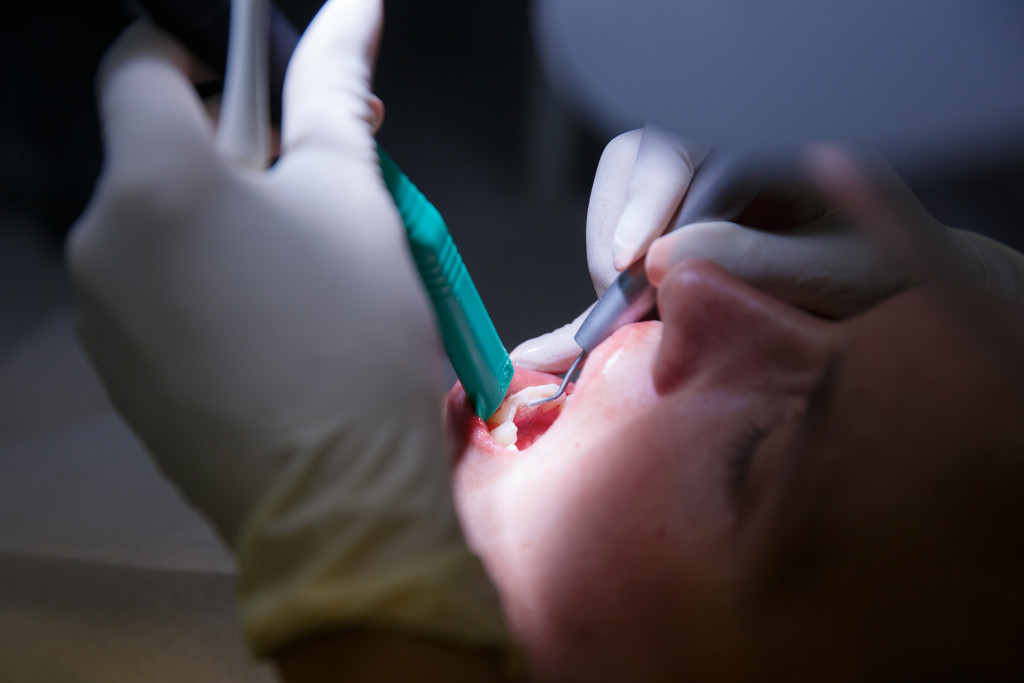Dental infections are a common occurrence. They can be caused by a number of factors, including poor oral hygiene, a cracked tooth, or an underlying medical condition. According to the Centers for Disease Control and Prevention, about 26% of Americans have at least one untreated cavity. Dental infections can also lead to more severe health problems, such as heart disease, stroke, and diabetes if left untreated. On this note, this article will discuss the causes of dental infections and available treatments.
1. Tooth Decay
Tooth decay is caused by plaque, a sticky film of food debris, bacteria, and saliva. Plaque produces acids that eat away at tooth enamel, causing cavities. Roughly 2.3 billion people worldwide suffer from tooth decay of their permanent teeth. Untreated tooth decay continues to be the most common health condition worldwide, regardless of age.
The best way to prevent tooth decay is to brush and floss regularly and to schedule an oral clinic appointment for regular checkups and cleanings. If you get a cavity, your dentist will clean the decay and fill the cavity with a tooth-colored resin. Otherwise, a fully decayed tooth will need to be extracted. In such situations, you can replace your extracted tooth with an implant and a partial or full denture. Implants will give you the most natural-looking and longest-lasting results.
2. Gingivitis
Gingivitis is an inflammation of the gums caused by plaque. You might be surprised to learn that around 70% of adults have some gingivitis, the least intense form of gum disease. This is because the early stages of gingivitis don’t usually cause pain. However, if left untreated, gingivitis can progress to periodontal disease, which is much more severe.
Gingivitis is usually characterized by red, swollen gums that bleed easily when brushed or flossed. If left untreated, gingivitis can progress to periodontitis, a more severe infection of the tissues and bones that support your teeth. To treat gingivitis, your dentist will clean your teeth and recommend a good oral hygiene routine. You may also be prescribed a mouthwash or antibacterial gel to help control the infection.
3.Periodontitis
Periodontitis is an infection of the tissues and bones that support your teeth. Did you know that nearly half of all adults aged 30 and older suffer from some form of gum disease?
It is characterized by red, swollen gums that bleed easily when brushed or flossed. You may also notice that your teeth are loosening or that your gums are. It’s caused by plaque not removed through regular brushing and flossing. It can cause your gums to pull away from your teeth, making them loose and unstable. If left untreated, periodontitis can lead to tooth loss. To treat it, you will need to see a periodontist for deep cleaning and possibly surgery to remove the infected tissue. You may also be prescribed antibiotics to help control the infection.
4. Abscessed Tooth
An abscessed tooth is an infection surrounding the root of a tooth or in the periodontal pocket, located between the gum and tooth. From 2008 to 2000, hospital visits due to dental abscesses increased by 40%. This number has risen tremendously this 2022, and it will only keep growing if people don’t care for their teeth.
The infection is usually caused by bacteria that enter through a crack or chip in the tooth enamel. An abscessed tooth can cause severe pain, fever, swelling, and sensitivity to hot or cold temperatures. To treat an abscessed tooth, you must see your dentist or endodontist for root canal therapy or extraction (pulling the tooth). You may also be prescribed antibiotics to help control the infection.
5. Oral Thrush
Oral thrush is an infection caused by Candida albicans yeast (a type of fungus). It usually occurs in infants or elderly adults with dentures or other medical conditions that weaken their immune systems (such as diabetes).
Oral thrush can cause white patches on your tongue or inside your cheeks that look like cottage cheese and bleed if scraped off. It can also cause cracking at the corners of your mouth. To treat oral thrush, you will need antifungal medication. This can be in the form of lozenges, tablets, or liquid that you swish in your mouth before swallowing. You may also need antifungal cream for any cracked skin around your mouth.
In Closing
Dental infections are common but often easily treatable with professional intervention. The five most common dental infections are tooth decay, gingivitis, periodontitis, abscessed tooth, and oral thrush. To prevent dental infections, practice good oral hygiene habits such as brushing twice daily, flossing once daily, and seeing your dentist regularly for checkups and cleanings. This way, any infection can be caught early and treated before it becomes more serious.


